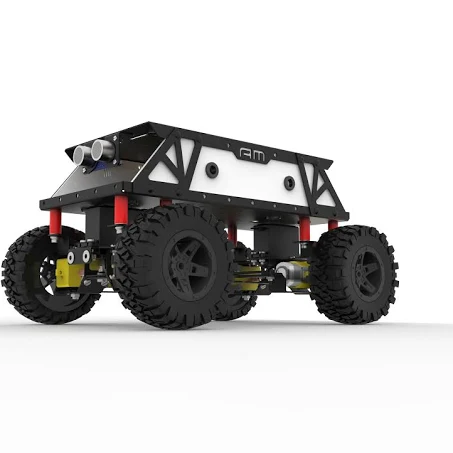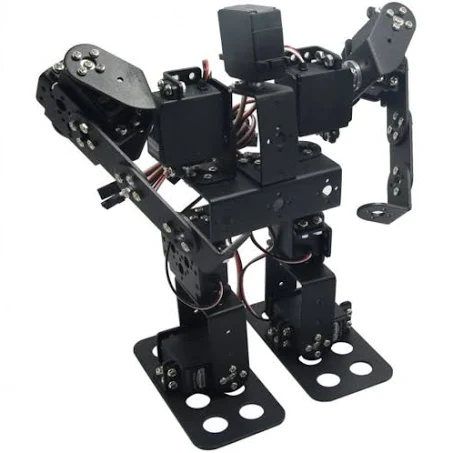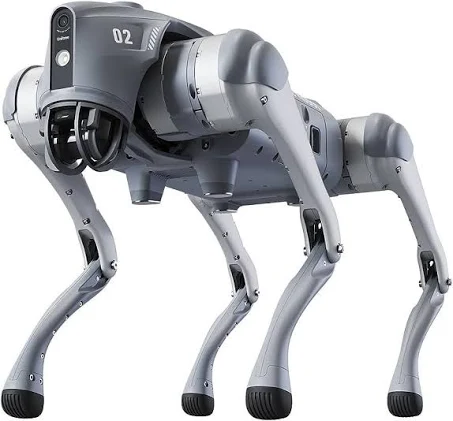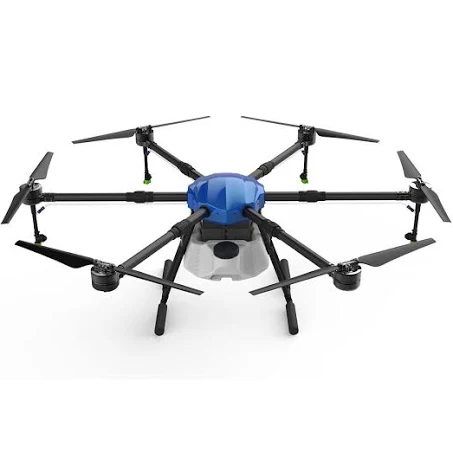Description
A robotic chassis kit forms the foundation of a robot, providing the mechanical structure and mobility necessary for various robotics projects. Here are key features and considerations for selecting a robotic chassis kit:
Key Features to Consider:
- Construction Material:
- Durable Materials: Typically made from lightweight yet sturdy materials such as aluminum, acrylic, or ABS plastic.
- Customization: Ease of modification and expansion with additional components and accessories.
- Size and Configuration:
- Compatibility: Fits standard components such as motors, controllers, sensors, and power supplies.
- Versatility: Supports different configurations, including wheeled, tracked, or multi-legged designs.
- Motor Compatibility:
- Motor Mounting: Compatibility with various types of propulsion motors (DC motors, stepper motors).
- Gear Ratio Options: Gearboxes or gear ratios adjust speed and torque according to application requirements.
- Mobility and Navigation:
- Wheel Type: Options for maneuverability are available for different wheel types (omni-wheels, mecanum wheels).
- Suspension System: Suspension or shock absorption mechanisms for rough terrain or obstacle navigation.
- Sensor Mounting Points:
- Sensor Integration: Mounting points and slots for proximity, cameras, and ultrasonic sensors.
- Expandability: Room for adding additional sensors and modules for enhanced functionality.
- Power Distribution:
- Battery Compartment: Space and mounting options for housing batteries or power packs.
- Voltage Regulation: Built-in voltage regulators or power management circuits for stable operation.
- Assembly and Documentation:
- Ease of Assembly: Clear instructions and documentation for assembling the chassis kit.
- Support and Resources: Online resources, tutorials, and community forums are available for troubleshooting and guidance.
- Compatibility with Controllers:
- Microcontroller Compatibility: Works with popular microcontrollers (Arduino, Raspberry Pi) for programming and control.
- Communication Interfaces: Ports and connectors for interfacing with external devices and communication protocols.
Benefits of a Robotic Chassis Kit:
- Customization: Allows customization and adaptation for specific robotics projects and applications.
- Learning Tool: Educational value for learning robotics principles, mechanics, and programming.
- Versatility: Suitable for hobbyists, students, and professionals experimenting with different robotic designs and functionalities.
Considerations:
- Skill Level: Consider the complexity and required skills for assembly and programming.
- Project Scope: Ensure the chassis kit meets the requirements of your intended robotics project.
- Budget: Determine the budget for additional components (sensors, controllers) needed for a complete robot.
Popular Brands and Options:
- DFRobot: Offers a range of robotic chassis kits suitable for various applications.
- Pololu: Known for versatile chassis kits that are compatible with various components.
- Seeed Studio: Provides customizable chassis kits with different configurations and accessories options.








Reviews
There are no reviews yet.